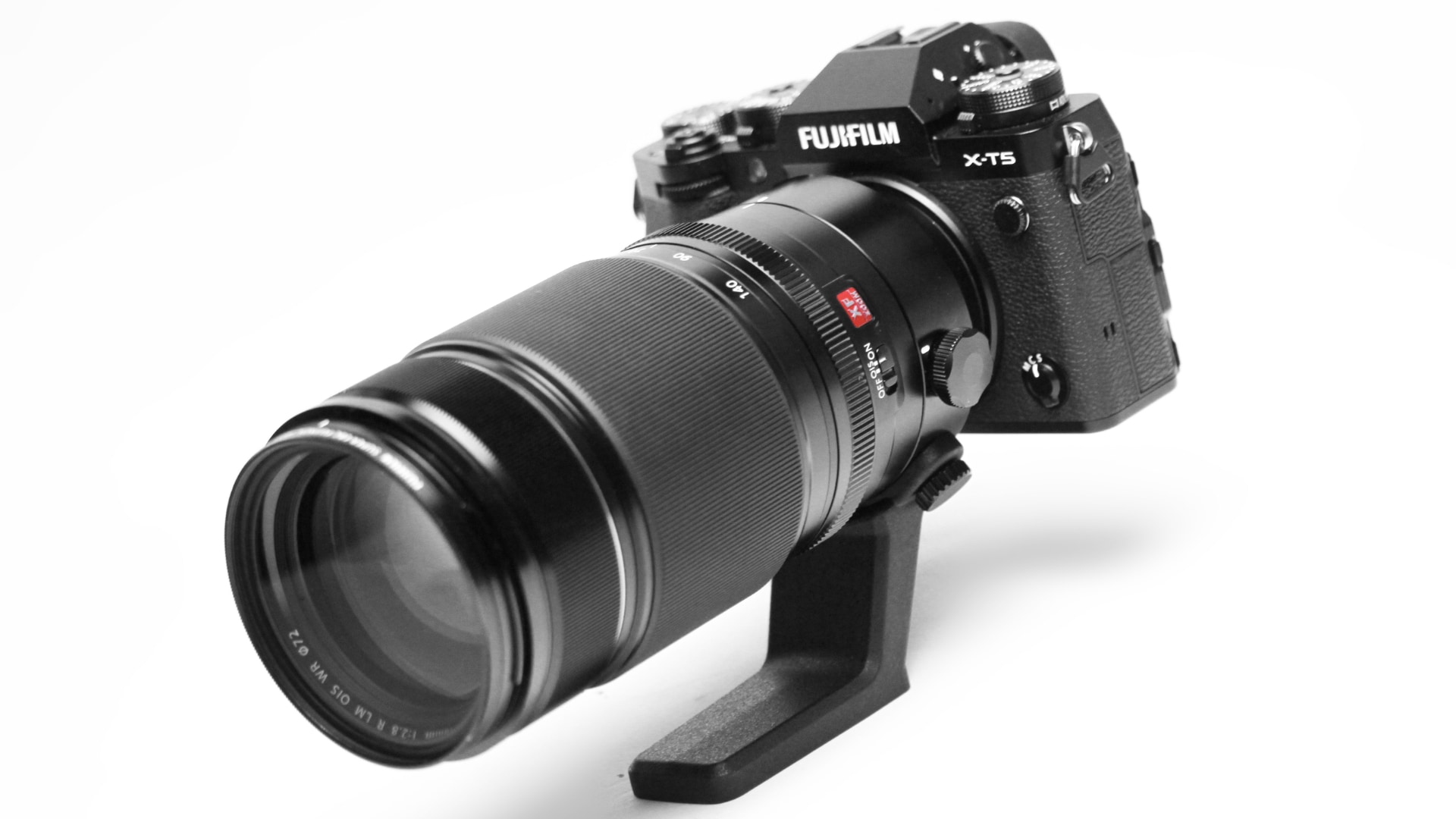
Modern cameras can do more and more in ever smaller packages. Phil Rhodes has spent a decent amount of time using the Fujifilm X-T5 and gives his verdict.
Sometimes, new entries in a range of cameras force us to work through the specification sheets in search of a reason to upgrade. At first glance, Fujifilm’s new X-T5 looks like it might be a case in point. It’s fractionally smaller, but at first glance, the changes seem limited to the difference between a 4 and a 5. Inside, though, is a very different story, with an entirely new sensor bringing us some very worthwhile improvements.
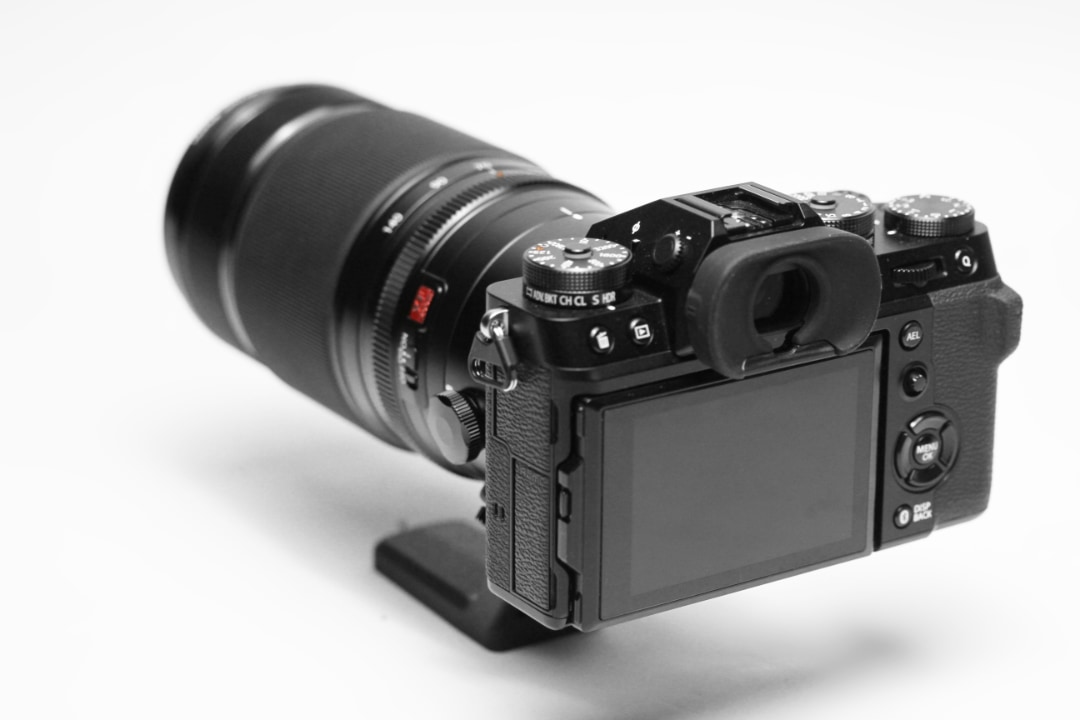
Overall layout is very similar to the X-T4
The X-T5 is an update to a well-established line of mirrorless cameras. At around £1700 body only, it’s at the very top of what we might consider reasonable for an APS-C camera, as was its predecessor. For that we’d expect a good solid build, and we get it, with the overall structure of the shell in metal and the three dials not feeling as if they’re likely to go wobbly any time soon. By comparison, to get something built to a similar standard that’s full frame, we’d need something like a Panasonic S1H, which is £1000 more.
Given there are also rolling wheels for both the thumb and forefinger in a normal stills-camera grip, there are actually no less than five controls permanently available, with rings for various mode selections around two of them. That’s a lot of immediately-available controls, not to mention the usual menu control pad on the back. The only minor wrinkle is that the LCD screen hinges both up and down for high- or low-angle shooting, but there isn’t any sideways articulation for self-shooting situations. This is not a selfie camera and it won’t suit solo vloggers.
Spec overkill
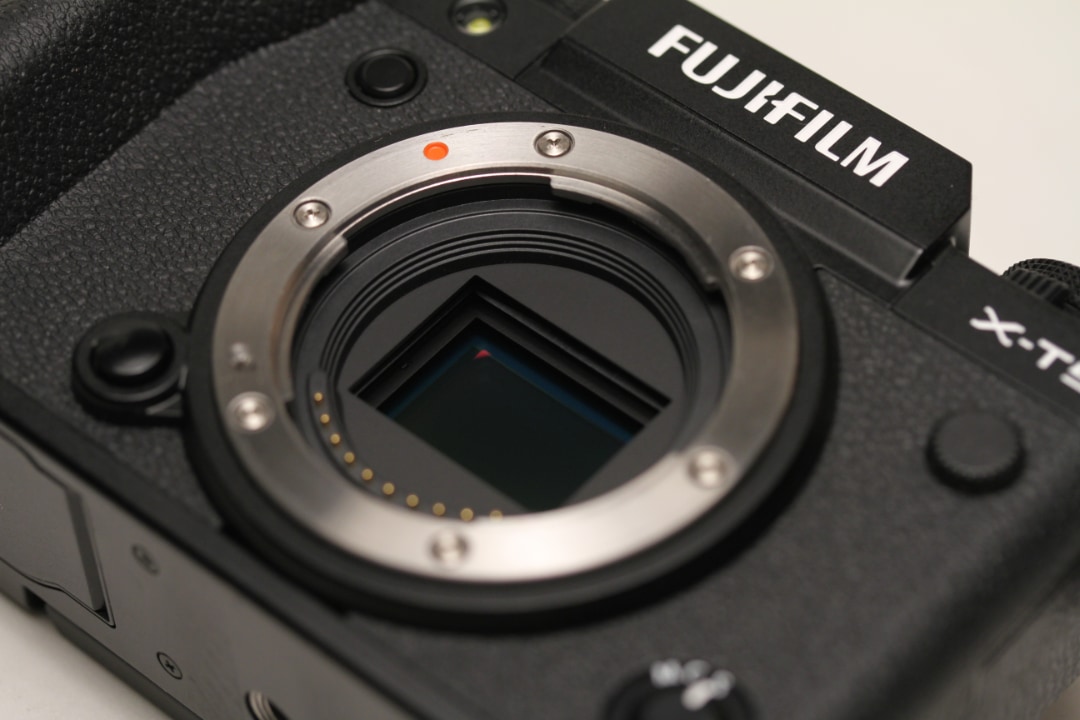
When the camera is off, the sensor floats around on the suspension used by the in-body stabilisation
The spec is probably a bit overkill for that anyway. The new 40.2-megapixel sensor is – well – a lot elfieelfiesharper than the 26-megapixel one on the X-T4. Naturally that’s required some upgrades to the camera’s internal electronics, though it’s always difficult to really discuss what a camera’s electronics package really involves. It’s invariably proprietary and the X-T5 is no exception; it has the fifth generation of the company’s X-Processor, which probably means a CPU to run the whole show with a lot of digital signal processing to handle all the image data.
What all that gets us is a large 6.2K video frame up to 30 frames per second, which immediately recalls the camera’s bigger brother, the X-H2S. The X-T5 doesn’t give us the onboard ProRes, although it is about £800 cheaper and 100g lighter, and the H2S sometimes needs its add-on fan module when it’s working hard. The T5 has a wide variety of H.264 and H.264 modes. Dropping down to 4K clearly makes things a lot easier from an engineering standpoint, with 60-frame rates available for recording with an intra-frame, 10-bit 4:2:2 codec at up to 360Mbps.
That sort of reasonable-specification 4K is becoming fairly available now, but it’s nice to find it in such a compact package. If we want even more, there’s compatibility with both Blackmagic and Atomos recorders for offboard raw recording. Some might muse that taking a highly portable camera and adding an external recorder to it somewhat defeats the object of using that portable camera in the first place, but there’ll probably always be people who need to tuck a camera into the corner of a car during a big stunt and want to wring every last drop of data out of it.
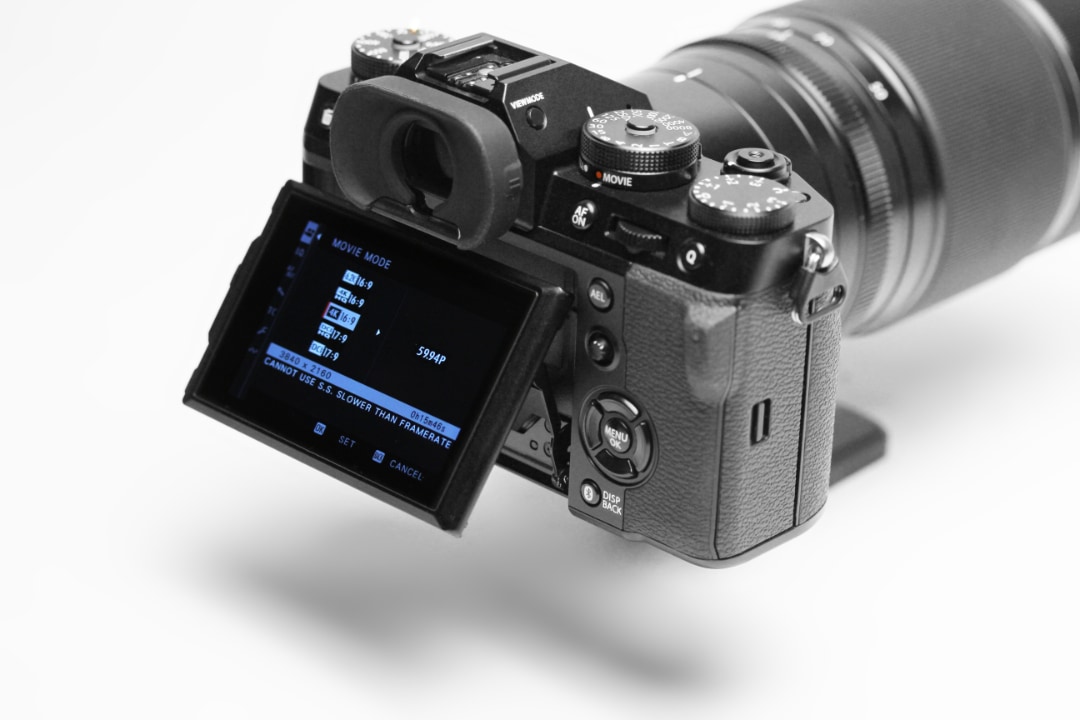
The display can be oriented up or down, but not sideways
The 6.2K and 4K modes crop somewhat, which is only a bad thing if you think you can tell the difference between an APS-C and something very slightly smaller than APS-C, which you probably can’t unless you’re a serious connoisseur. Cropping simplifies the mathematics of scaling the image down from the size of the sensor to the size of the recorded file, and if we’d rather have cropping than aliasing, which we probably would, then cropping makes sense. There are full-size 4K modes, although the less ideal scaling mathematics means that aliasing is more visible there. The X-T4 could alias in certain situations, and it’s good to be able to report that this is minimised in a properly-configured X-T5.
Other improvements include the (more or less required, in 2023) reference to machine learning. This concerns the combined phase- and contrast-detecting autofocus. It’s difficult to be objective about AF performance at the best of times, and especially difficult to discuss the difference between two slightly different AF systems, but it’s certainly capable of recognising more than just human faces as legitimate targets (wait, that makes it sound like an Arnold Schwarzenegger character). There are also some refinements to things like automatic white balance and some more preset looks.
Lens options
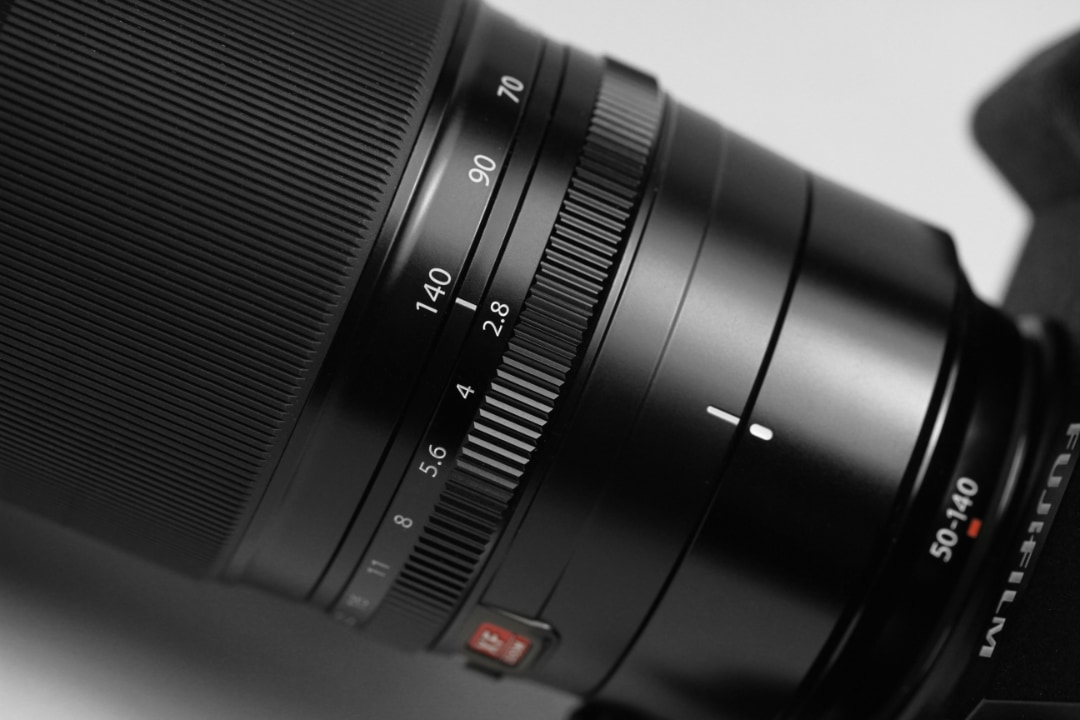
The APS-sized sensor makes it easier to create compact, capable lenses
On the basis that only Fujifilm makes X-mount cameras, it’s worth discussing the lenses supplied for review. The XF 16-55mm f/2.8 has a slightly wider wide end than we might expect for a short zoom, although the X mount is designed only for APS-C so there’s a need to keep focal lengths short. It sells for a bit less than £1000. The longer zoom is the XF 50-140mm f/2.8, around £800, which adds optical image stabilisation on top of the stabilisation in the camera.
Both are from the company’s red-logo range, very much modern, high-performance stills lenses sizzling with contrast and sharpness. The results are technically excellent and would suit a sci-fi. Anyone looking to leverage the AF and convenience of zooms to shoot, say, a costume drama might want to reach for a filter from Tiffen’s Antique series, and shoot available-light night exteriors on these lenses safe in the knowledge that they perform better wide open than some of the most storied bits of glass on the planet.
The X-T5 supplied for this review spent a lot of its time on DJI’s RS 3 Mini gimbal, a match made in heaven (and watch out for our review of that next week). Particularly with the short zoom, the result makes life so easy it almost seems like cheating, and the option to take advantage of all that and still have resolution to spare seems almost like cheating. Competing options include the company’s own X-H2S and the imminent, full-frame Panasonic S5 II, which is frequently listed at only a couple of hundred units of currency more. Prices often change as the market changes around them, so let’s watch closely.
The X-T5, then, is solidly built, well specified and a very considerable upgrade over its predecessor, probably enough to tempt some people to upgrade, and another milestone in the push to pack ever more capability into ever smaller packages.
Tags: Production Cameras


Comments